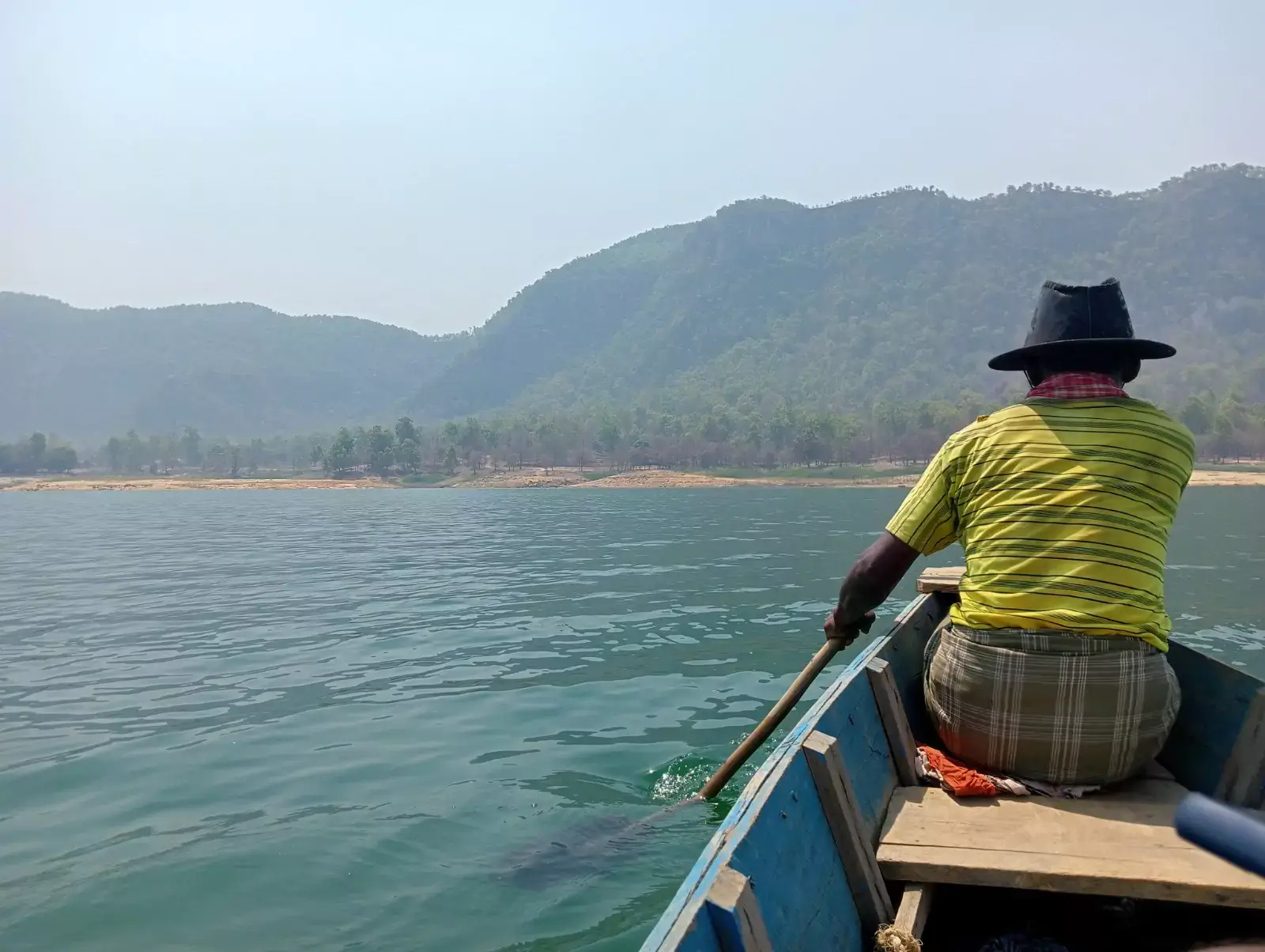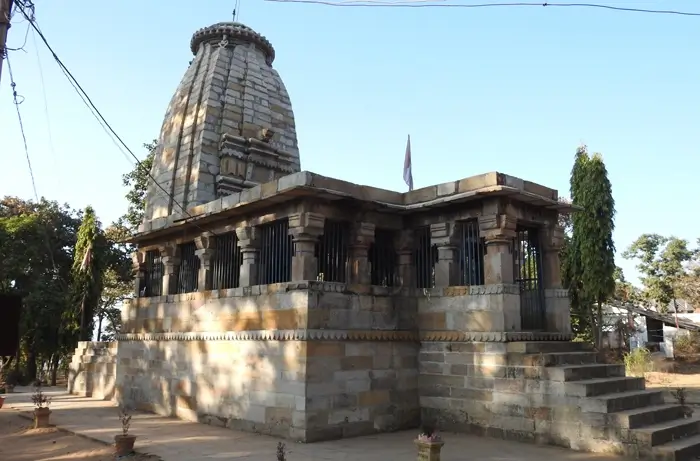The Ultimate Guide to Train Travel in India

Waiting for the train in New Delhi, backpack on and heart wide open, I set off to explore India—imagining quirky scenes from The Darjeeling Limited and hoping for some kind of healing after a recent three-year breakup. What I found instead was a chaotic, vibrant, sometimes maddening, always unforgettable experience of train travel in India.
From dimly-lit hostels and the constant buzz of rickshaws to packed markets, architectural wonders, and long hours on endless railway tracks—India delivered both distraction and delight in equal measure.
Our route? Experience a picturesque train journey starting from Delhi, traversing the vibrant landscapes of Rajasthan, passing through Agra and Khajuraho, continuing to the spiritual heart of Varanasi, and concluding in the cool hills of Darjeeling.
Train travel in India isn't just a way to get from A to B. It's an immersive cultural experience. Whether you're sharing chapati with fellow passengers or playing cards with railway staff at a station, this is the real India—far more authentic than anything you'll see in a museum.
So forget polished itineraries and embrace the unexpected. Here's everything you need to know about travelling in India by train.
How to Book Train Travel in India?
With over 1.3 billion people in India, trains are a primary mode of transport and people often make railway ticket booking weeks in advance. Fortunately, there are two booking options:
- General Quota (for all passengers)
- Foreign Tourist Quota (FTQ) – a limited number of tickets set aside for international travellers, available for last-minute bookings.
If your travel dates are flexible, the easiest way to book is upon arriving in a city. You can also book through local travel agents.
Understanding Indian Train Classes
Not all trains have every class, but here's a breakdown of the most common options—from luxury to bare basics:
| Class | Description |
| AC First Class (1A) | Lockable, air-conditioned cabins for 2–4 passengers with bedding and washrooms. Most expensive and most private. |
| AC 2-Tier (2A) | Air-conditioned bunks for 2–4 passengers, with bedding. Slightly less private. |
| AC 3-Tier (3A) | Air-conditioned, no privacy curtains, bunks for 2–6 passengers. Budget-friendly comfort. |
| First Class (FC) | Non-AC cabins, now rarely available. |
| AC Chair Car (CC) | Seated, air-conditioned, best for daytime travel. |
| Sleeper Class (SL) | Open, non-AC bunks for 2–6 people. Most common and economical for backpackers. |
| Second Sitting (2S) | Non-AC, seated only (often oversold). Best for short trips. |
Best Way to Travel Across India

What It's Like to Travel by Train in India?
Here’s why train travel in India is worth experiencing:
- Incredibly affordable
- Efficient for long distances
- Culturally immersive
- Safer than you might expect
You'll skip airport stress, sleep while you travel, and meet locals who are happy to chat and share food.
The Not-So-Good:
- Delays are frequent
- Trains can be overcrowded and worn down
- Cleanliness varies widely
One memorable trip from Varanasi to New Jalpaiguri packed 15 people into a berth meant for six. A drizzle of what I thought was rain turned out to be betel nut spit from the next compartment. The aisles were too packed to walk, and I didn't use the restroom for 13 hours. That night, I took a second sleeping pill and accepted India's chaos with grace. You either lean in or you head home.
Common Abbreviations Used in Railway Reservations
Various abbreviations are commonly used to represent the status of a railway ticket during the booking process. Understanding these codes can help you better navigate the reservation system:
- CNF (Confirmed): Your seat or berth is fully confirmed and reserved exclusively for you.
- RAC (Reservation Against Cancellation): You have a reserved seat but may need to share it with another passenger. If confirmed tickets are canceled, RAC passengers are prioritized for full berth allocation. Even if your RAC status remains unchanged after chart preparation, you are still allowed to board the train.
- GNWL (General Waitlist): This status indicates that your ticket is on the waiting list and not yet confirmed. GNWL is the most common and has the highest probability of confirmation, especially for passengers boarding from the train’s originating station or nearby.
- TQWL/CKWL (Tatkal Waitlist): These waitlisted tickets are issued under the Tatkal quota. Compared to General Waitlist (GNWL), they typically have a lower likelihood of confirmation. Notably, CKWL tickets, if confirmed, skip the RAC stage and are allotted directly.
- PNR (Passenger Name Record): A 10-digit unique number issued at the time of booking. It contains complete information about the passenger’s travel, including seat assignment, train specifics, and booking status. It’s important to check the PNR Status before traveling.
- RLWL (Remote Location Waitlist): This waitlist applies to passengers boarding from stations located between the origin and destination of the train. RLWL tickets have a lower likelihood of confirmation than GNWL.
- PQWL (Pooled Quota Waitlist): Issued for smaller stations along the route, PQWL applies to passengers boarding and alighting at intermediate stops. These tickets are generally less likely to be confirmed.
- RSWL (Roadside Waitlist): Assigned to travelers boarding from roadside stations along the train’s route. RSWL tickets also have a lower confirmation probability.
- RLGN: This abbreviation replaces RLWL after booking. It signifies a confirmed status under the Remote Location General Quota.
- RQWL (Request Waitlist): Applicable when your boarding and destination stations are not covered under any other quota (like GNWL or PQWL). These tickets are waitlisted based on request and have a lower chance of confirmation.
- REGRET: This means the waiting list has reached its maximum limit, and no further bookings can be made, even under a waitlisted status.
Conclusion:
Train travel in India is unpredictable, exciting, and deeply human. It's not always comfortable, but it is unforgettable. If you're open to adventure and cultural immersion, there's no better way to see India.
 Question and Answers
Question and Answers
1. What are the different classes available on Indian trains?
Indian Railways offers various travel classes to suit all budgets and comfort levels. The main classes include AC First Class (1A), AC 2-Tier (2A), AC 3-Tier (3A), Sleeper Class (SL), and General (Unreserved).
2. How do I check my train ticket status and PNR?
After booking a train ticket, a unique Passenger Name Record (PNR) number is generated. You can check your booking status using this number on the official Indian Railways website, IRCTC app, or through SMS services.
3. Is food available on Indian trains during the journey?
Yes, food is available on most long-distance trains. Premium trains like Rajdhani, Duronto, and Shatabdi include meals in the ticket price. Other trains have pantry cars or offer e-catering services where you can pre-order food online or via mobile apps and have it delivered to your seat at selected stations.
Recent Post
Categories
ChhattisgarhPedia
Chhattisgarh tourism offers a plethora of attractions for travelers.
The state boasts remarkable tourist places in Chhattisgarh, including natural wonders and cultural sites.
Popular Chhattisgarh tourist attractions like Chitrakote Falls and Bhoramdeo Temple are must-visits.
Explore the rich heritage and stunning landscapes among the best Chhattisgarh visiting places for a memorable experience.


